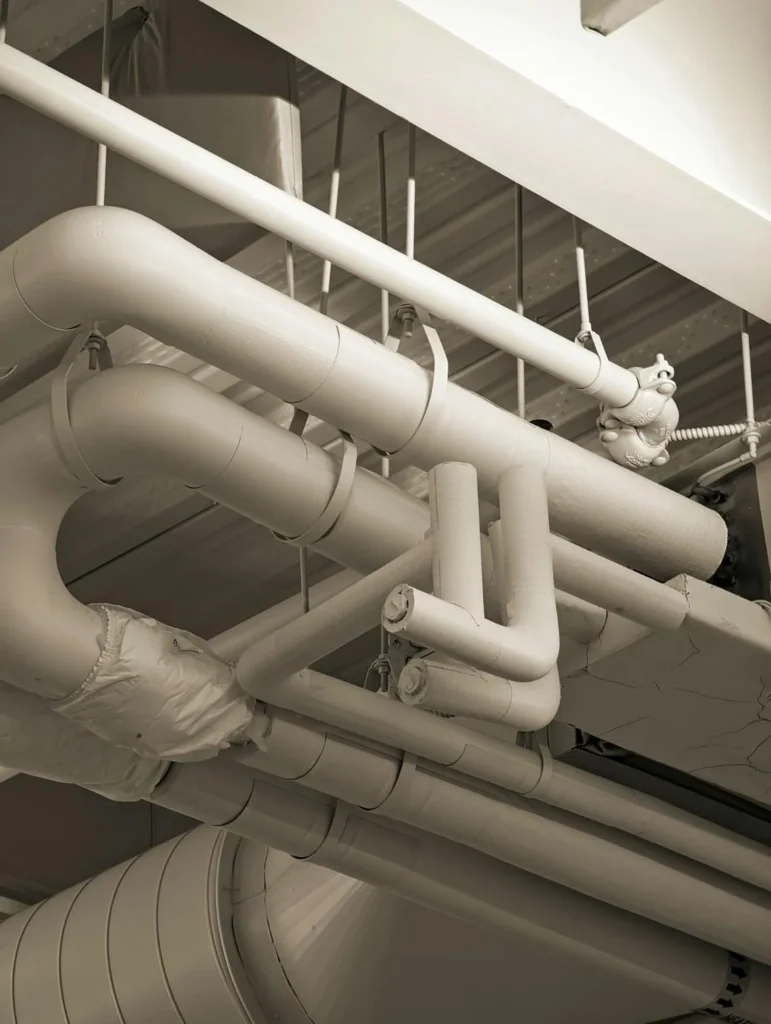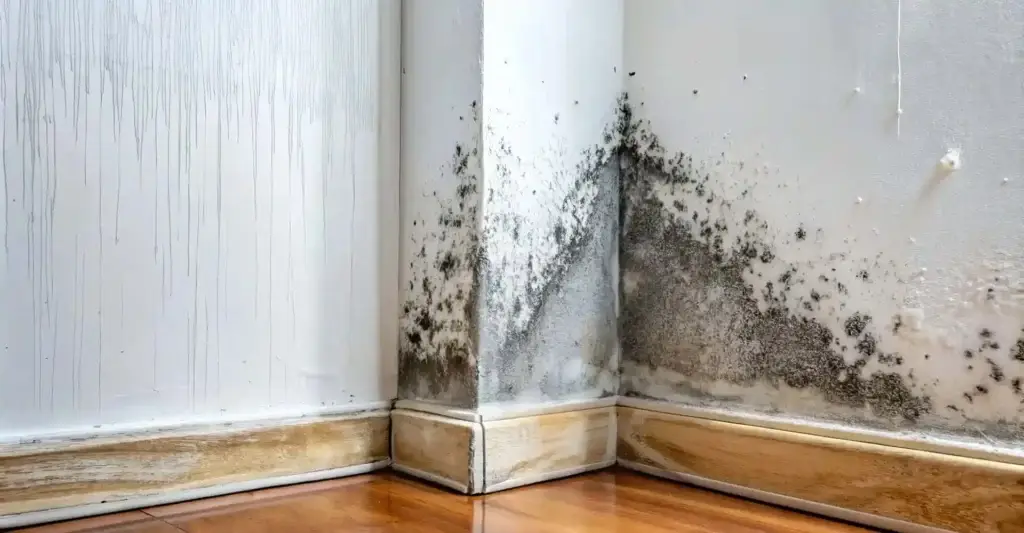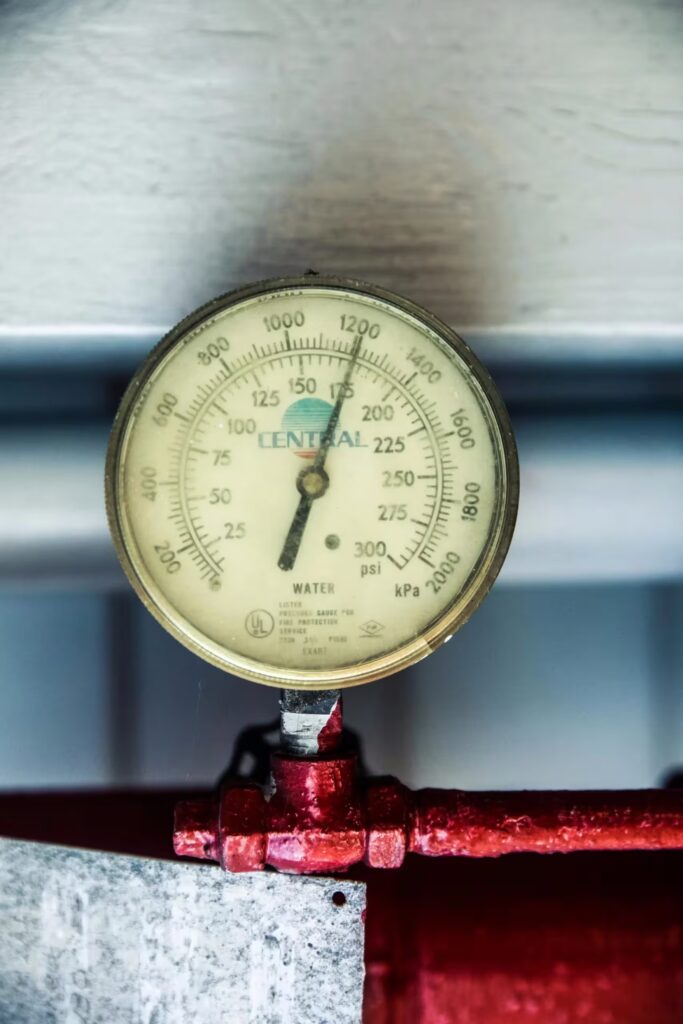Quick summary: Water Damage Restoration for UK Schools & Universities
For UK schools, colleges, and universities, water damage is a critical crisis that directly impacts learning, student safety, and operational continuity. A rapid and professional water damage restoration response is paramount to minimise disruption to education, protect valuable assets, and ensure student and staff safety from hazards like mould. Specialists understand the unique sensitivities of the education sector, offering flexible scheduling (e.g., evenings/holidays) and adhering to strict safeguarding and health & safety compliance to restore facilities efficiently while ensuring minimal interruption to the academic calendar.
Impacts of water damage on the UK education sector
For schools, colleges, and universities across the UK, water damage isn’t just a property problem; it’s a crisis that directly impacts the learning environment, student safety, and operational continuity. A burst pipe in a classroom, a leaking roof over a library, or a flood in a university hall of residence can lead to immediate disruption, potential health hazards, and significant financial strain. In such moments, urgent questions arise: ‘How quickly can we get the students back in? Is the building safe? Will this affect our next inspection or term? And who can we trust to restore our facilities without prolonged disruption?’.
At Ideal Response, we specialise in water damage restoration specifically for the UK education sector. We understand the unique sensitivities of working within schools and universities, the safeguarding concerns, the need for minimal disruption, and the critical importance of health and safety compliance. This comprehensive guide aims to answer your most pressing questions, providing clarity and confidence in safeguarding your educational establishment from the impacts of water damage.
Why is rapid water damage response critical for schools & universities?
In an educational setting, the urgency of water damage response is magnified far beyond typical commercial or residential properties. Here’s why acting fast is paramount:
- Minimising disruption to learning: Every hour a classroom, library, or lecture theatre is out of action directly impacts teaching and learning. Rapid response means quicker restoration and less disruption to the academic calendar.
- Student & staff safety: Standing water poses slip and electrical hazards. Damp conditions lead to mould growth, which can exacerbate allergies, asthma, and other respiratory issues among students and staff, potentially leading to school closures.
- Safeguarding compliance: Maintaining a safe and healthy environment is a core safeguarding responsibility. Water damage, especially if not professionally remediated, can compromise this.
- Protecting assets & resources: Water can destroy valuable educational resources, IT equipment, historical archives, and structural elements. Rapid response limits the extent of this damage.
- Maintaining reputation: A well-managed incident reflects positively on the institution’s commitment to its community. Lingering issues can damage reputation and enrolment.
- Insurance compliance: Prompt reporting and professional mitigation are often prerequisites for comprehensive insurance coverage.
What are common causes of water damage in educational facilities?
Educational buildings, often older or with complex plumbing systems, are susceptible to various water damage scenarios:
- Burst pipes: Often due to ageing infrastructure, inadequate winterisation, or accidental damage.
- Leaking roofs: Common in older buildings or after severe weather, impacting classrooms, offices, and valuable archives.
- HVAC system leaks: Faults in heating, ventilation, and air conditioning units can cause significant leaks.
- Plumbing failures: Overflows from toilets or sinks, faulty water heaters, or general wear and tear on plumbing.
- Building envelope issues: Cracks in walls, faulty window seals, or deteriorated masonry allowing penetrating damp.
- External flooding: Proximity to rivers, poor drainage, or overwhelmed storm drains can lead to external water ingress.
- Appliance malfunctions: Leaking dishwashers in staff rooms or catering areas.
How does water damage affect learning environments and compliance?
Beyond the physical damage, water can severely impact the quality of the learning environment and an institution’s ability to meet regulatory standards:
- Indoor air quality: High humidity and mould spores from damp conditions significantly degrade air quality, impacting student concentration and health.
- Lost learning time: Closure of classrooms, labs, or entire wings due to safety concerns or ongoing restoration work results in lost teaching hours.
- Damage to resources: Books, learning materials, computers, scientific equipment, and historical documents can be destroyed or severely damaged.
- Compliance issues: Persistent damp and mould can lead to failures in health and safety inspections and negatively impact Ofsted or equivalent assessments.
- Accessibility: Water damage can render areas inaccessible, impacting students with mobility issues or requiring temporary alternative arrangements.
- Psychological impact: A damaged, damp environment can be unsettling for students and staff, impacting morale and well-being.
What’s involved in water damage restoration for schools & universities?
Restoring an educational facility after water damage requires a highly structured, discreet, and flexible approach. Our process is tailored to the unique needs of the education sector:
- Rapid, discreet response: Our teams are available 24/7 for emergency callouts. We arrive quickly, assess the situation, and work discreetly to minimise impact on ongoing activities.
- Safety & containment: The affected area is immediately secured to prevent access by unauthorised personnel (especially students) and to contain contamination. Safety barriers and clear signage are deployed.
- Water extraction: High-capacity pumps and wet-vacs rapidly remove standing water from classrooms, corridors, and other areas.
- Sensitive debris removal: Damaged porous materials (e.g. carpets, plasterboard, insulation) are carefully removed, often in phases, with consideration for noise and dust. Contaminated items are bagged for safe disposal.
- Thorough cleaning & disinfection: All salvageable surfaces are meticulously cleaned and disinfected with professional-grade antimicrobial agents to eliminate pathogens and prevent mould.
- Targeted drying & dehumidification: Industrial-grade air movers and dehumidifiers are strategically placed. We use moisture meters and thermal imaging to ensure deep drying of walls, floors, and structural elements, including those hidden within cavities.
- Odour control: Specialised deodorisers are used to neutralise any lingering musty or damp odours.
- Air quality management: Air scrubbers with HEPA filters may be deployed to capture airborne particulates and mould spores, improving indoor air quality.
- Continuous monitoring & reporting: We provide regular updates on drying progress, ensuring transparency and enabling effective planning for the next stages.
- Restoration & rebuilding: Once the structure is completely dry and safe, we can assist with the repair and rebuilding process, restoring the facility to its pre-damage condition, ready for reoccupation.
How can we minimise disruption to students and staff during restoration?
Minimising disruption is a top priority for educational institutions. We achieve this through:
- Phased work: Conducting restoration work in sections or during off-peak hours (evenings, weekends, school holidays) where possible, to keep unaffected areas operational.
- Clear communication: Liaising closely with facilities managers, headteachers, or estates teams to plan logistics and provide regular updates.
- Containment: Using physical barriers, temporary walls, and negative air pressure to isolate work zones and prevent dust/odour from spreading.
- Noise reduction: Employing quieter equipment where feasible and scheduling louder tasks for times of minimal activity.
- Safeguarding compliance: All our technicians are DBS checked and follow strict safeguarding protocols when working on school grounds.
- Rapid deployment: Our emergency teams are ready to mobilise quickly, reducing the time classrooms or facilities are out of use.
How long does water damage restoration take in a school setting?
The timeline for water damage restoration in an educational facility varies significantly depending on the extent of the damage, the size of the affected area, and the type of materials involved.
- Minor incident (e.g. small contained leak): A few days for extraction, drying, and basic clean-up.
- Moderate incident (e.g. classroom flood): 1-2 weeks, including extraction, comprehensive drying, and sanitisation, possibly some minor repairs.
- Major incident (e.g. large-scale flood, multiple areas): Several weeks to months if structural drying is extensive, or significant reconstruction is required.
We work efficiently to expedite the process without compromising on thoroughness, providing clear timelines from our initial assessment.
Will our school’s insurance cover water damage restoration?
Most educational institution insurance policies in the UK include coverage for sudden and accidental water damage (e.g. burst pipes, appliance leaks). However, damage caused by gradual leaks, maintenance neglect, or external flooding (unless you have specific flood insurance for your location) might not be covered. It’s crucial for your bursar or estates team to:
Review your policy: Understand the exact terms, deductibles, and exclusions.
Document everything: Maintain meticulous records, photos, and videos of the damage.
Contact your insurer immediately: Prompt reporting is vital for a smooth claims process.
Ideal Response has extensive experience collaborating with insurance companies, providing detailed reports and supporting documentation to facilitate your claim.
What are the risks if water damage isn’t handled professionally in a school?
The consequences of inadequate water damage restoration in an educational environment can be severe and long-lasting:
- Persistent mould growth: Unseen moisture leads to mould, causing ongoing health complaints (allergies, asthma) and potentially forcing repeated closures.
- Structural deterioration: Dampness can compromise timber frames, plasterboard, and foundations, leading to expensive future structural repairs.
- Lingering odours: Musty smells create an unpleasant learning environment and can indicate ongoing damp issues.
- Damage to HVAC systems: Moisture can enter ductwork, spreading contaminants throughout the building.
- Compliance breaches: Failure to maintain a safe environment can lead to regulatory fines or negative inspection reports.
- Future costs: Improper drying often leads to recurring problems, resulting in more extensive and costly remediation down the line.
Safeguard your educational environment, choose Ideal Response for water damage restoration
When water damage strikes an educational facility, the stakes are high. Protecting students, staff, and the continuity of learning should be your top priority. By understanding the critical need for rapid, professional, and sensitive restoration, you can ensure a swift and safe recovery for your institution.
If your school, college, or university in the UK is facing water damage, don’t compromise on safety or efficiency. Ideal Response provides expert, discreet, and compliant water damage restoration services tailored specifically for the education sector. Call us today for rapid response and peace of mind, ensuring your learning environment is restored quickly and safely.
Water damage restoration for the UK education sector: Frequently asked questions
Why is rapid water damage response critical for UK schools and universities?
Rapid response to water damage in UK educational facilities is paramount because it minimises disruption to learning, helps protect student and staff health and safety (preventing mould growth and hazards), safeguards valuable assets and IT equipment, maintains the institution’s reputation, and ensures safeguarding compliance. Swift action prevents minor issues from escalating into major closures and costly, long-term problems.
What are the most common causes of water damage in UK educational facilities?
Educational buildings in the UK are susceptible to water damage from various sources, including:
Burst or leaking pipes (often due to ageing infrastructure or winterisation issues).
Leaking roofs, especially in older buildings or after severe weather.
Faults in HVAC systems or plumbing (e.g., overflows from toilets/sinks).
Building envelope issues like cracks in walls or faulty window seals.
External flooding from heavy rainfall, overwhelmed drains, or nearby rivers.
How does water damage specifically affect the learning environment and school operations?
Beyond physical damage, water leaks severely impact the learning environment by degrading indoor air quality (due to mould), leading to lost teaching time from classroom closures, and destroying valuable educational resources (books, computers, scientific equipment). It can also create compliance issues for health and safety inspections and negatively affect overall school morale and well-being.
What does the professional water damage restoration process for schools involve?
Professional water damage restoration for schools requires a structured, discreet, and flexible approach. It typically involves:
Rapid emergency response and securing the affected area.
Water extraction using high-capacity equipment.
Sensitive debris removal and thorough cleaning/disinfection.
Targeted drying and dehumidification with industrial-grade equipment.
Odour control and air quality management.
Continuous monitoring and, finally, restoration and rebuilding to pre-damage condition.
How can disruption to students and staff be minimised during water damage repair?
Professional restoration companies minimise disruption by:
Conducting phased work or scheduling during off-peak hours (evenings, weekends, school holidays).
Using containment barriers and negative air pressure to isolate work zones.
Employing quieter equipment and scheduling louder tasks for times of minimal activity.
Maintaining clear communication with school management.
Ensuring all technicians are DBS checked and follow strict safeguarding protocols.
How long does water damage restoration typically take in a UK school setting?
The timeline for water damage restoration varies significantly based on severity:
Minor incidents (small, contained leak): A few days for extraction and basic clean-up.
Moderate incidents (e.g., classroom flood): 1-2 weeks for comprehensive drying and sanitisation.
Major incidents (widespread flooding, structural drying): Several weeks to months if significant reconstruction is needed. Professionals provide an estimated timeline after a thorough initial assessment.
Will our school's insurance policy cover water damage restoration in the UK?
Most UK educational institution insurance policies cover sudden and accidental water damage (e.g., burst pipes, appliance leaks). However, damage from gradual leaks, maintenance neglect, or external flooding (unless specific flood insurance is held) might not be covered. It’s crucial for schools to review their policy details, document all damage meticulously, and contact their insurer immediately for a smooth claims process.

Kayleigh Owen - Technical Account Manager
With years of dedicated experience in the disaster recovery industry, Kayleigh Owen brings a precise and insightful approach to every project. Holding a BSc Hons Degree, Kayleigh specialises in construction and major loss, expertly navigating the complexities of large-scale fire and flood events. Having spent her entire industry career at Ideal Response, she has honed a deep understanding of what it takes to restore properties and lives with efficiency and empathy. Kayleigh believes that meticulous planning and clear communication are the cornerstones of transforming disaster into recovery, ensuring every client receives not just a solution, but true peace of mind.





















